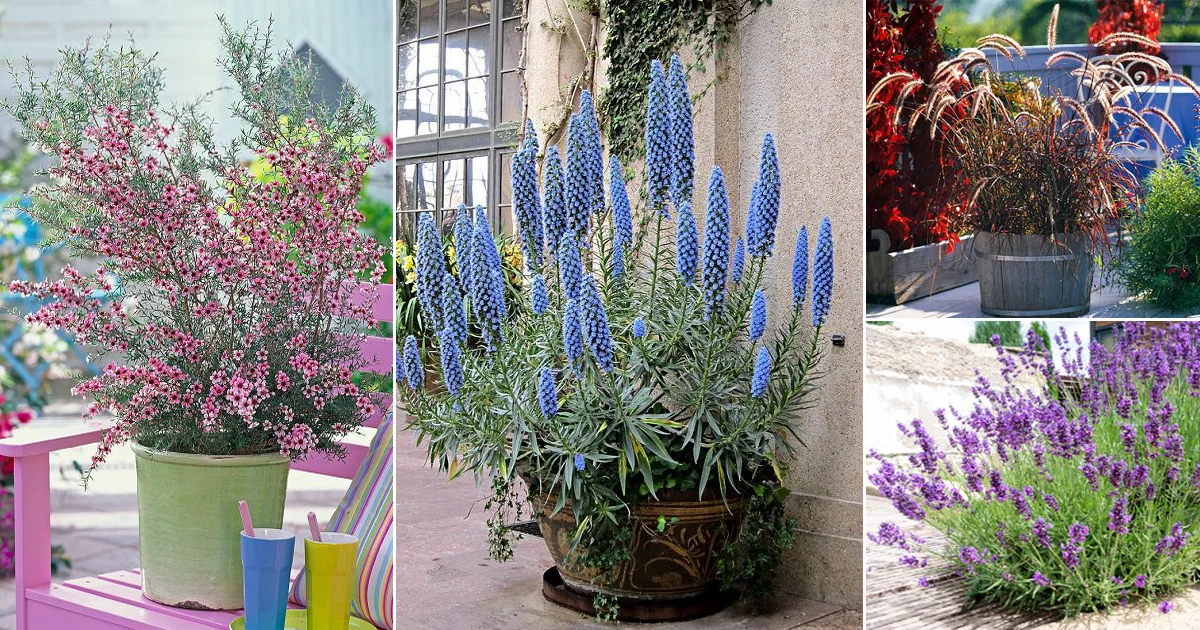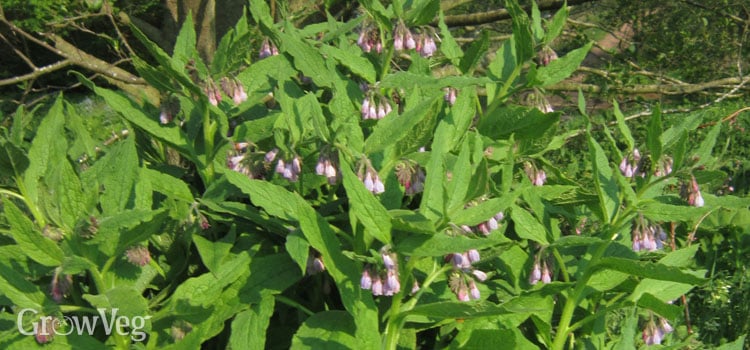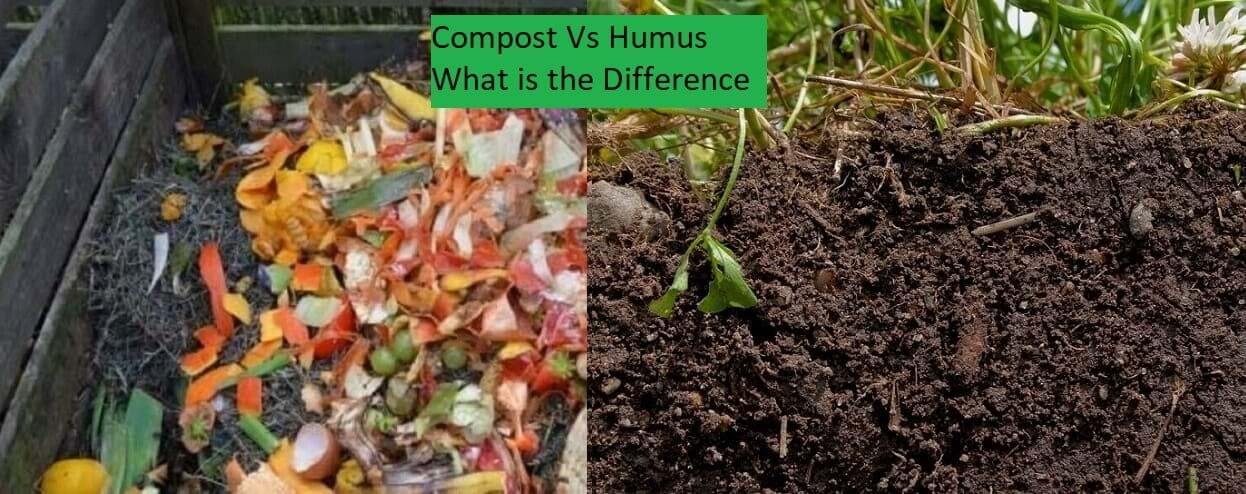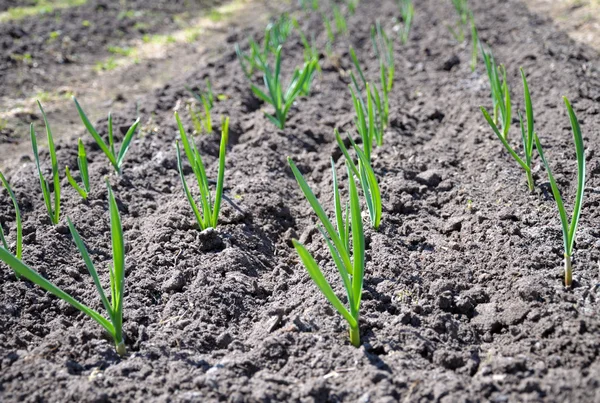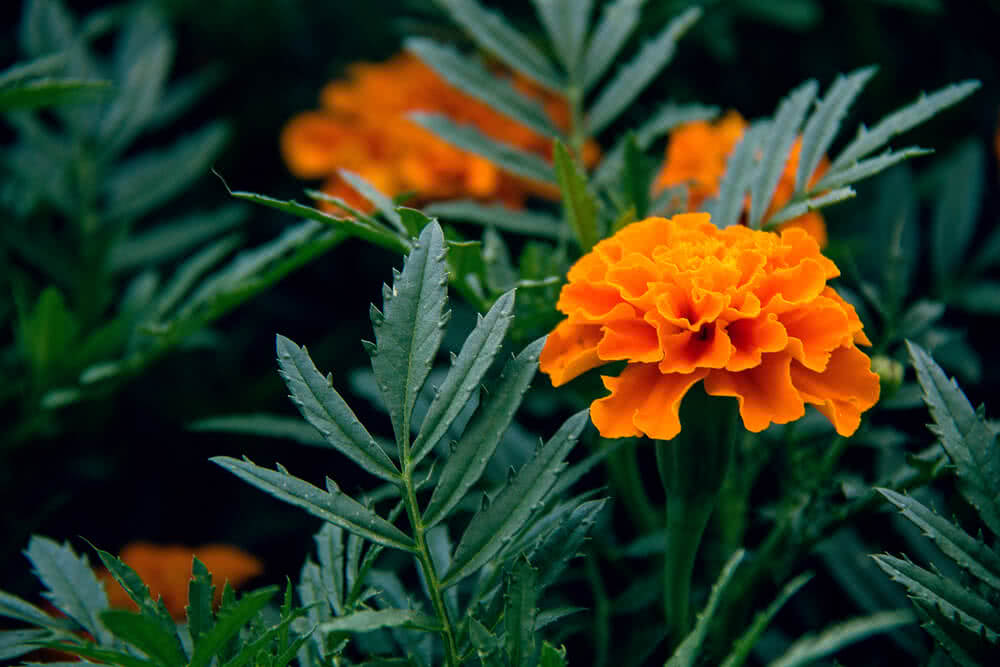18 Best Companion Plants to Grow With Ferns [UK]
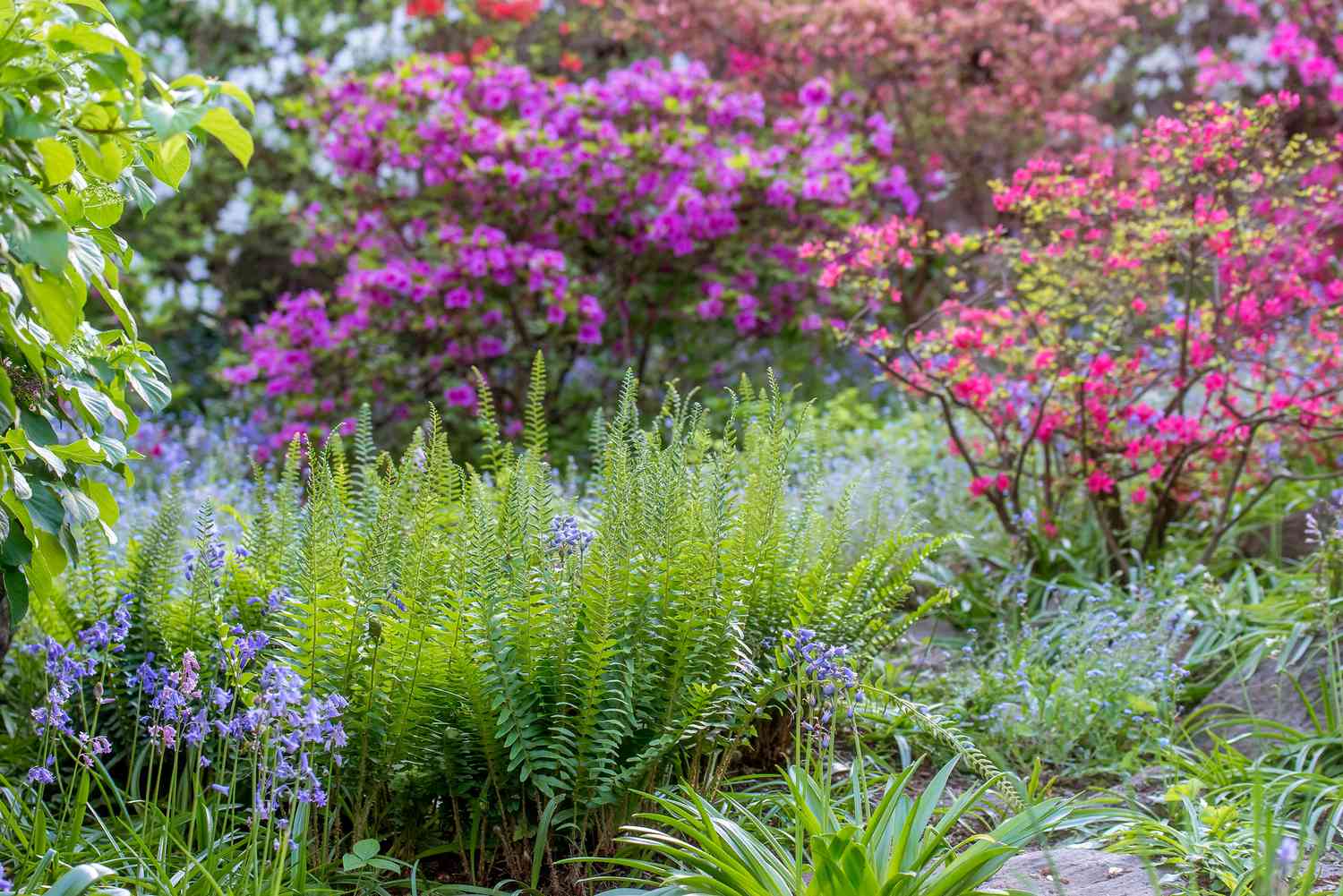
Table of Contents
Ferns are fascinating plants that impress with their beauty and ability to enhance the brilliance of the overall ambience. On the question of what to plant with Ferns UK,there are better options in choosing companion plants, satisfying important parameters such as growing conditions and requirements of light and foliage.
Ferns are famous for their air-purifying properties. One top example is Boston Ferns which remove harmful toxins and restore the humidity. Ferns are non-flowering vascular plants possessing roots, stems, and complex leaves. Their propagation takes place via spores. Hailing from the Polypodiopsida class of plants, ferns are spread across 15,000 types.
Let us now examine the properties of a few companion plants that are ideal for answering the question of what to plant with Ferns UK.
1. Astilbes
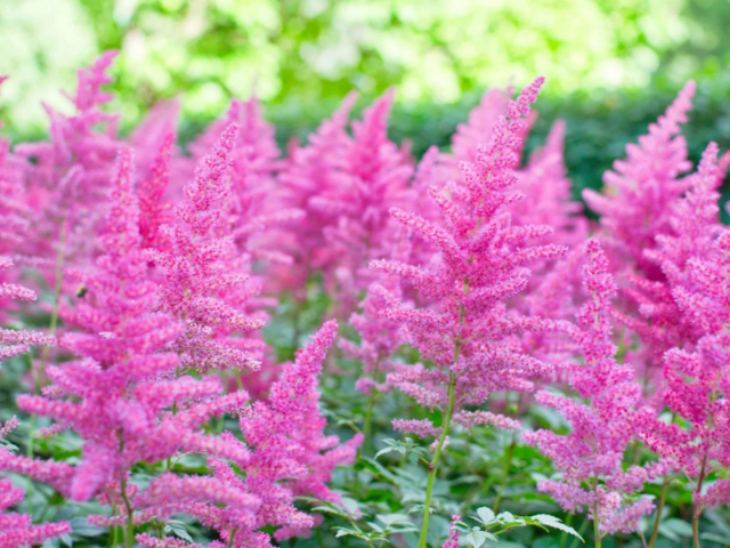
Astilbes will charm you and also put you at ease as one of the best fern companions, and allay the anxieties about what to plant with Ferns UK. Astilbes are famous for producing fern-like foliage and feathery flowers during summer. They are also called False Goat’s Beards. The plant thrives in shaded, moist areas, and its growth picks up when paired with ferns. As thirsty plants, Astlibes require a little extra water every day. It may grow up to 4 feet, and the colours include –cream, pink, purple, and bright red. Some of the popular varieties are Chinese Astilbes, Japanese Astilbe, and Star Astilbes.
2. Sedges
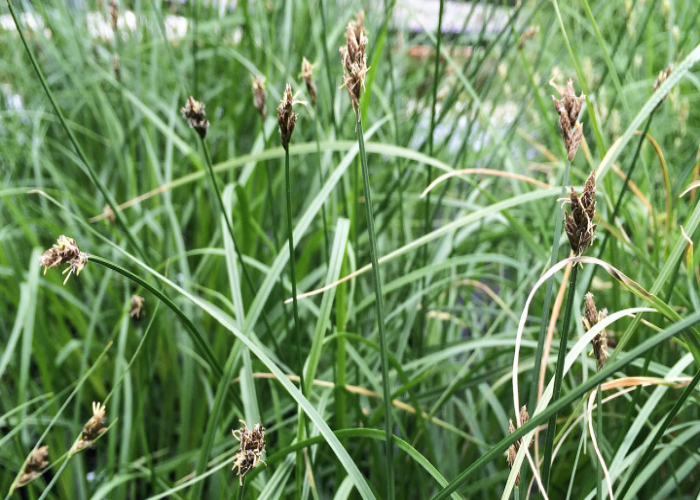
Sedges are widespread, and there are more than 1000 species at present. They are graminoids with a grass-like appearance. As companion plants to ferns, they fit into any damp and shady areas of a garden. In containers, too, they grow well as ornamental grass and add character to gardens. There is a variety of colours, including green, brown, blue, lime, bronze, orange, and green. The light requirements are also vast—from shade to full sun. Among the popular variants are Japanese sedges, leather leaf sedges, and Blue sedges.
3. Coral Bells
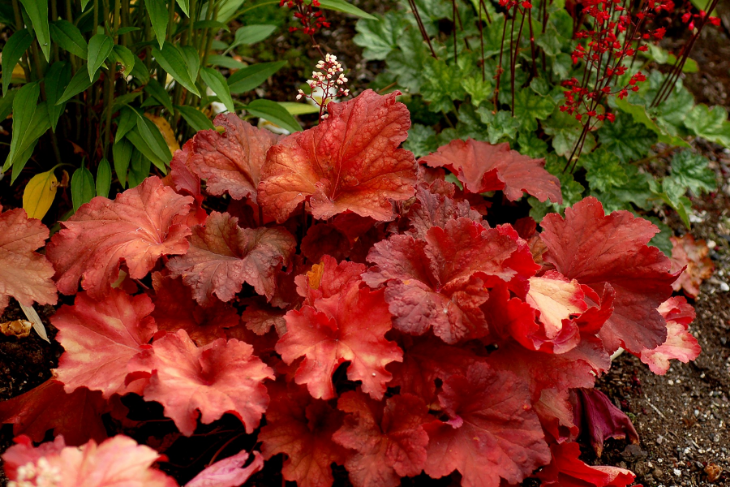
Coral Bells are known to offer vibrant foliage and have a range of colours, including green, purple, pink, and bronze. It gives a perfect choice on the challenge of what to plant with ferns in the UK, thanks to the similarity with ferns as Coral Bells keep leaves throughout the year. The flowers are of a tiny shape and are available in white, red, or pink colours. Coral bells thrive in moisture-rich soil, needing only partial shade. The popular varieties are Heuchera Green Spice, Heuchera ‘Blondie, and Heuchera Walnut.
4. Forget-Me-Nots
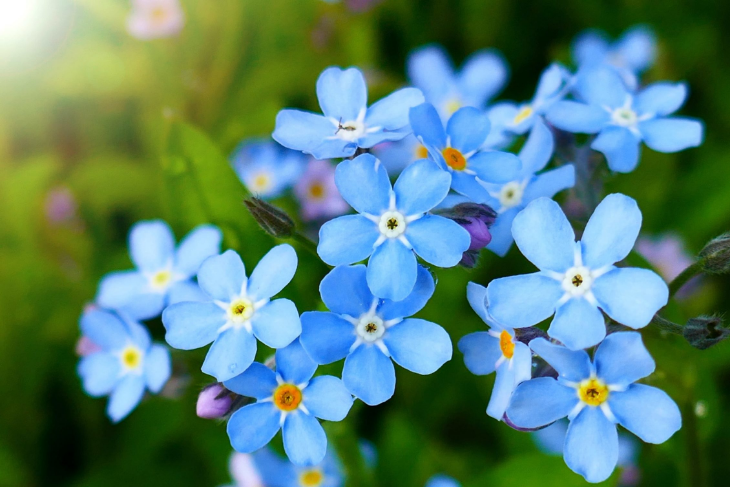
Moisture-crazy Forget-me-nots enjoy a growing environment similar to ferns. They flourish near bodies of water, enjoying the high humidity. They produce blue flowers with yellow centres on top of long stems. The height can reach 24 inches, and the colours include blue, pink, purple, and white. The important varieties are Wood Forget-me-not and Water Forget-me-not.
5. Bleeding Hearts
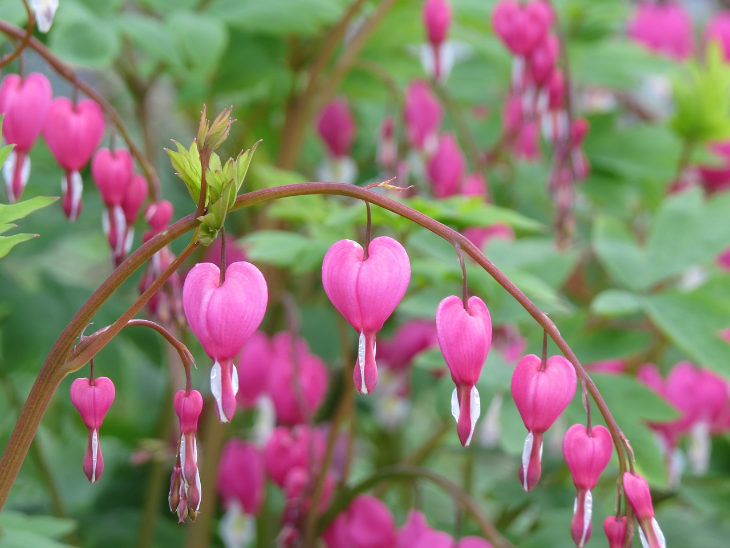
These heart-shaped blooms hang from thin stems. Like ferns, the plant grows from an underground rhizome and seeks conditions similar to ferns, such as moist soil and shade. The colours are red, white, yellow, and pink. Popular variants include Pearl Drops, King of Hearts, Alba, and Burning Hearts.
6. Hostas
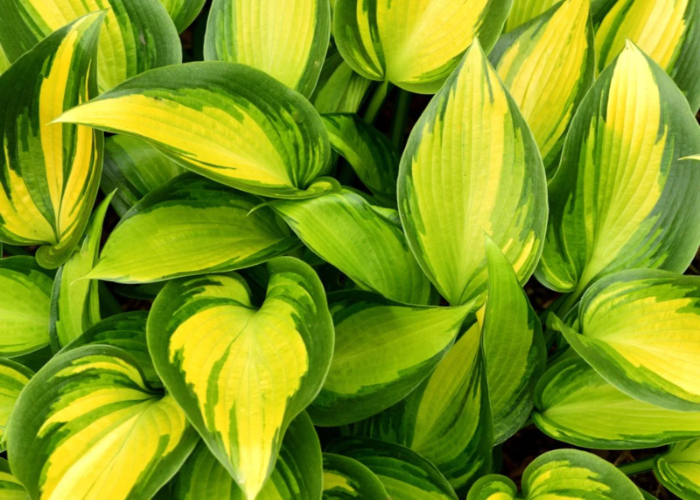
Hostas love the shade and thrive on moist soils. The copious foliage comes in the colours green, blue, and yellow. The plant’s white and purple flowers are liberal in the summer. The broad leaves of the hosta will brighten up the ferns’ foliage amazingly. The average height is around 12-16 inches. The colours include Green, blue, and yellow; in terms of light requirements, only partial shade is required. The sought-after varieties are Gold Standard, Blue Mouse Ears, August Moon, and First Frost.
7. Caladiums
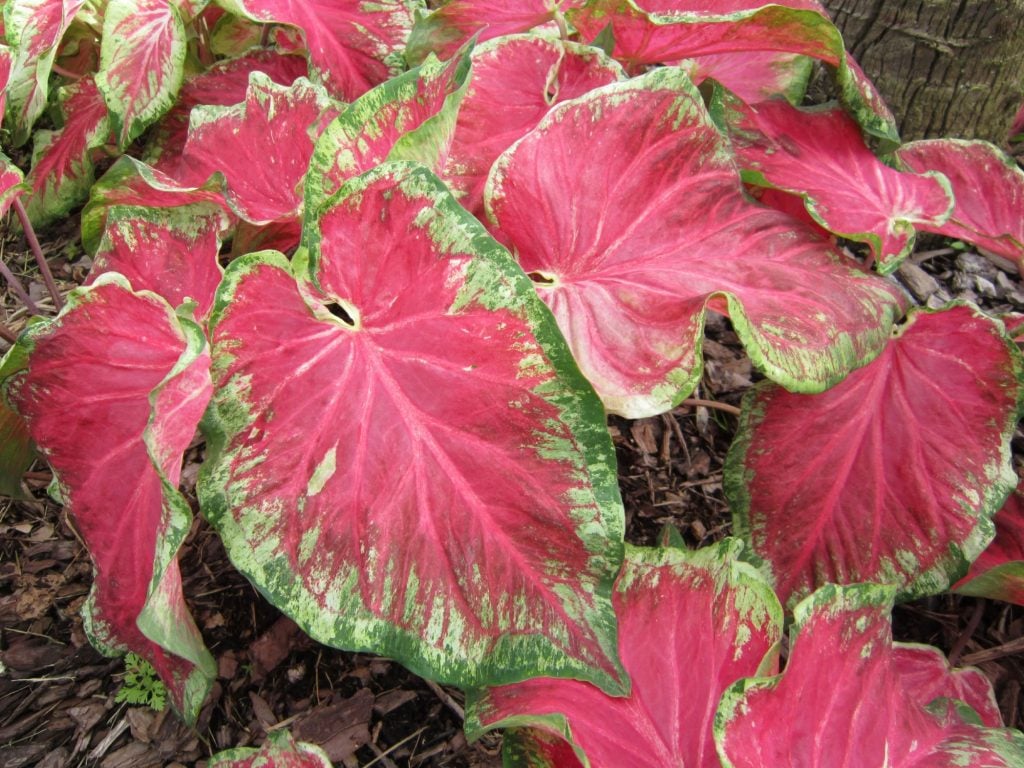
Caladium or elephant ear grows well in shady areas and thrives in moisture-rich soils. It brightens any dim corner with exotic heart-shaped foliage. It needs low light and makes a good companion for ferns. They grow to a height of 15-30 inches. As for colours, they are red, white, pink, and green. The in-demand popular varieties include Caladium ‘White Christmas,’ Caladium ‘Creamsicle’, and Caladium ‘Miss Muffet.’
8. Azaleas
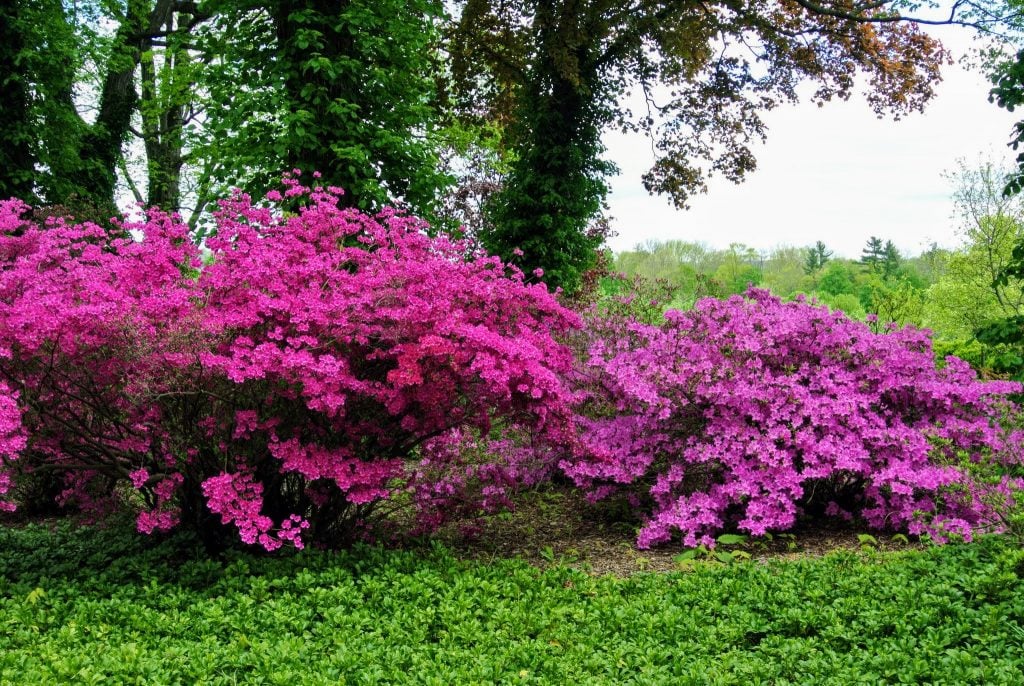
Azelas will answer your query about what to plant with Ferns UK with its flowering shrubs seeking taller plants, trees, and ferns. The soil preferences are much like ferns, such as moist, well-draining types. The choice is broad—pink, red, orange, and yellow. The average size can stretch up to 10 feet, depending on the variety. Colours include purple, pink, orange, yellow, and red Partial shade is fine. Important varieties are Encore Autumn Amethyst, Mandarin Lights, and Northern Hi-lights.
9. Hellebore
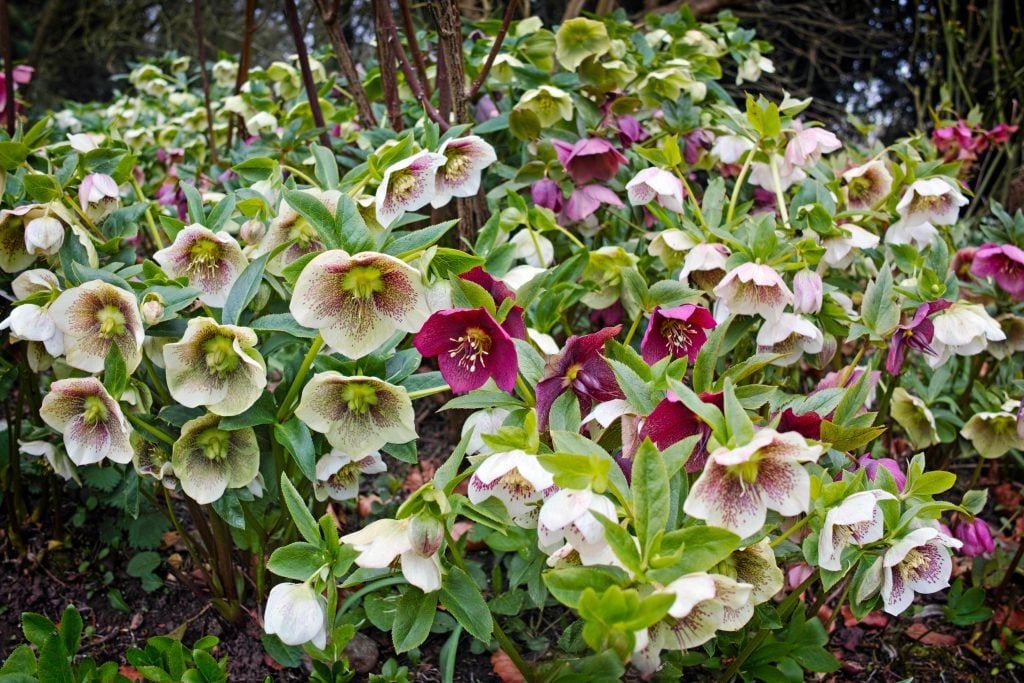
The hellebore is a super shade-loving plant giving away pretty blooms in winter and spring. These hardy plants prefer moist soil but no waterlogging conditions. Evergreen ferns are the ultimate to plant with Hellebore. The colour options for Hellebore include purple, white, yellow, and pink colours. The popular varieties are Christmas rose, Stinking Hellebore and Lenten rose.
10. Galium
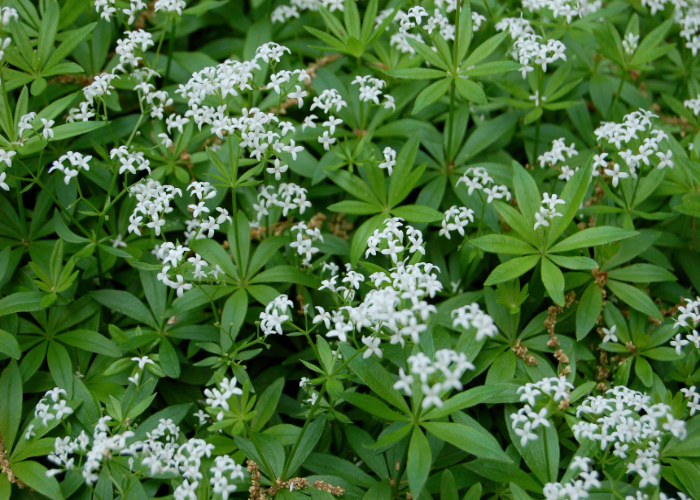
Galium makes for a hardy and perennial ground cover in shaded areas. It is known as sweet woodruff. This sweetly scented plant produces tiny white flowers and growing conditions similar to ferns. It can grow to 12 inches, and the most popular variant is Galium Odoratum.
11. Corydalis
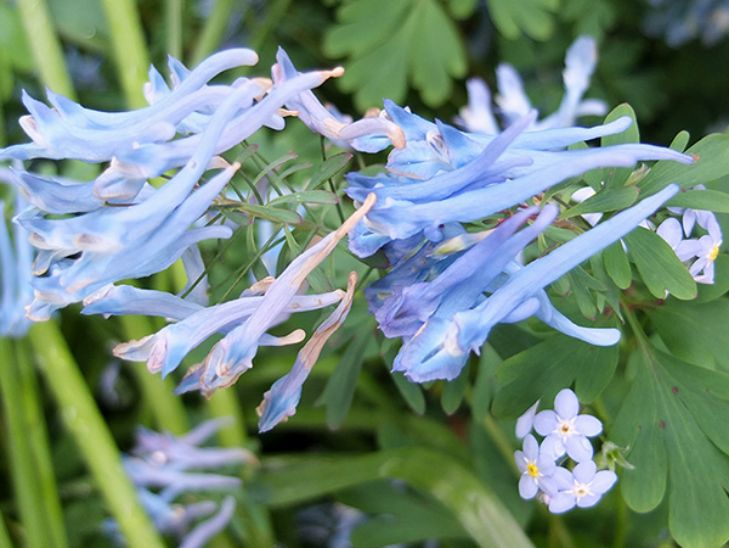
Corydalis plants are advised if you find any ambiguity in finalizing what to plant with Ferns UK. The companion plant is amazing as it thrives in full and partial shade. Corydalis is a great match for ferns because of the common growing conditions, like moderate shade and moist soil.
It rises to a height of almost 12 inches. The plant’s colours are blue, white, blue-purple, and yellow. The popular varieties are Corydalis Ambigua, Corydalis Angustifolia, and Corydalis Buschii.
12. Brunnera
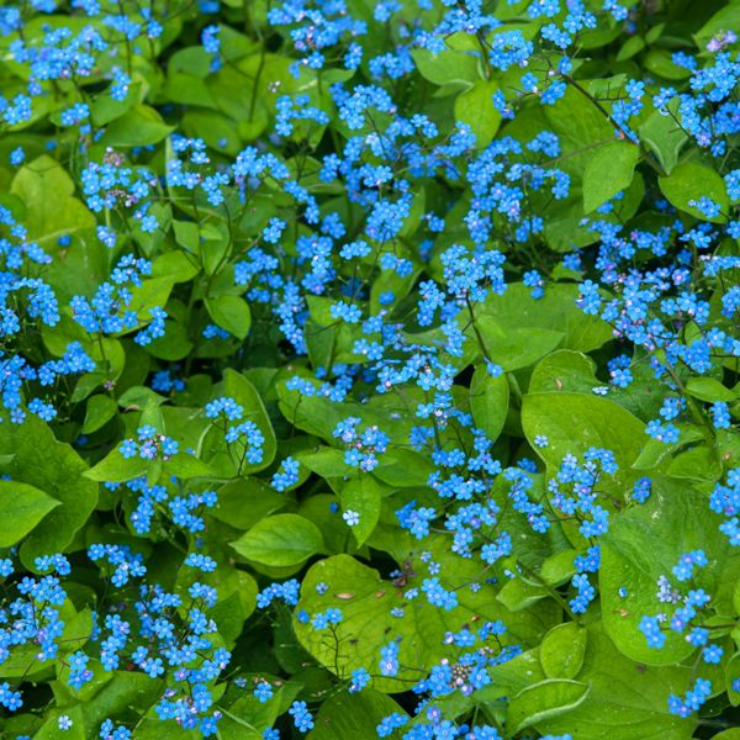
The Brunnera plant, with its pretty blue flowers, is a shade-loving species. The heart-shaped leaves are vivid with veining and produce delicate flowers that are blue and white. Brunneras seek a cool, shady spot with soil conditions ranging from moist to dry. It is an excellent addition to any fern garden. In terms of height, it will rise up to 15-18 inches. As for the popular varieties, you can opt for Diane’s Gold, Betty Bowring, and Jack’s Gold.
13. Spiderwort
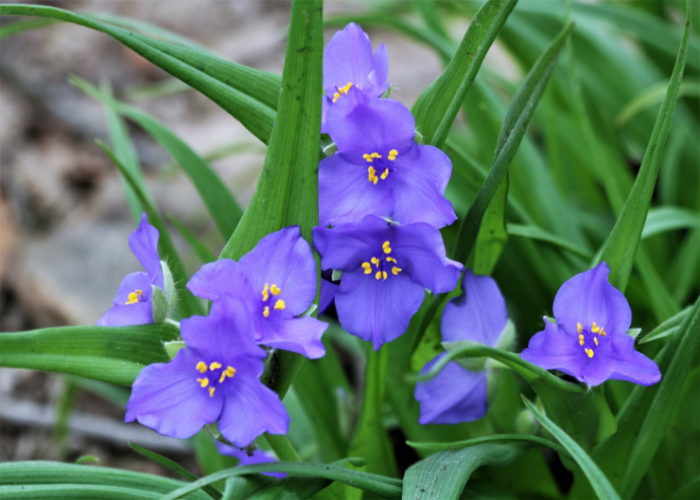
The spiderwort is best for shade beds in a garden. The growth conditions echo that of ferns, such as moist soil and partial shade. It withstands a range of pH levels in soils and is not at all fussy on ferns. They are available in purple, pink, and blue colours. Partial shade is too perfect for it. The in-demand varieties are Red Grape, Amethyst Kiss, Concord Grape, and Sweet Kate.
14. Ligularia
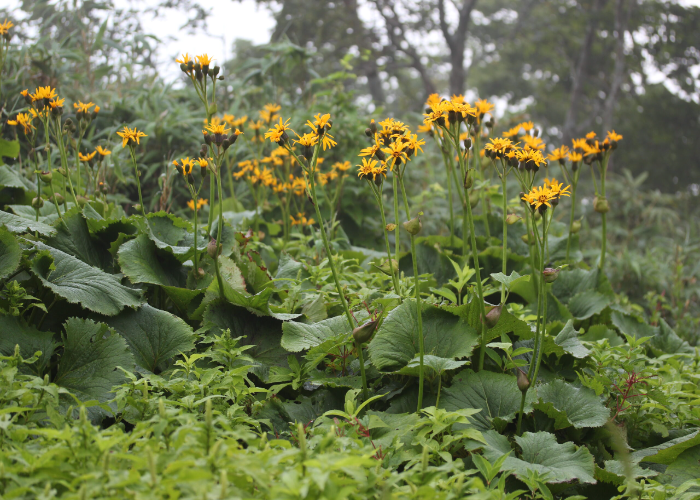
The leopard plant needs shade and produces brilliant orange-yellow flowers in summer and autumn. It works well in a range of soils if there is moisture and drains well. The foliage backdrop it provides in fern gardens is its biggest plus. They come in orange and yellow hues. On light requirements, even partial shade and full sun are fine. Popular variants are Othello, Brit-Marie Crawford, and Desdemona.
15. Lily of The Valley
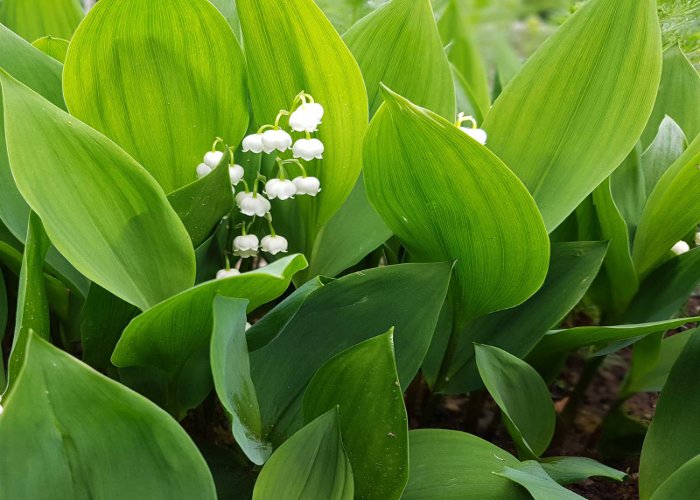
Lily of the Valley plants originate from an underground rhizome and adapts well in moist soil and dry environments. They would flourish in extreme conditions, too–full shade, blazing sun, and partial shade. Its high adaptability to growing characteristics makes this easy to grow alongside many ferns. The main colour in white is one reason to populate it among ferns in answer to the question of what to plant with Ferns UK. The popular variety is Convallaria majalis.
16. Strawberry Begonia
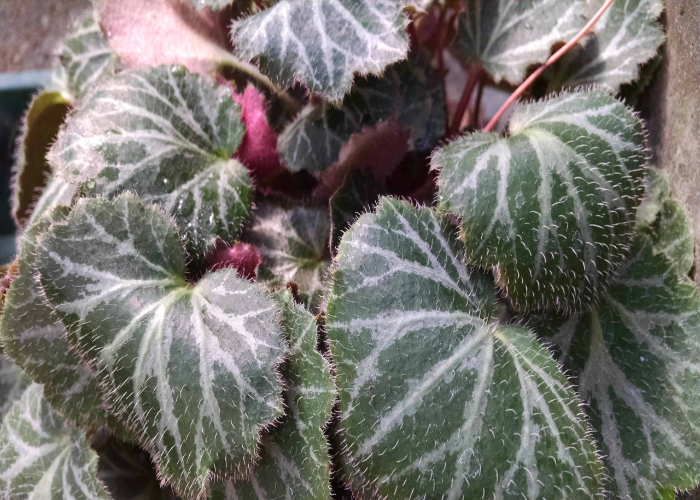
Yet another companion plant for ferns is Strawberry Begonia which adjusts well to indoor environments too. Begonia’s heart-shaped foliage will look stunning with fern leaves. Strawberry begonia seeks better temperature conditions between 50 to 65 degrees Fahrenheit. So, your location ought to be a bit of a bright spot. In case you want to grow it indoors, place the pot near a window where you get desired light.
17. Geraniums
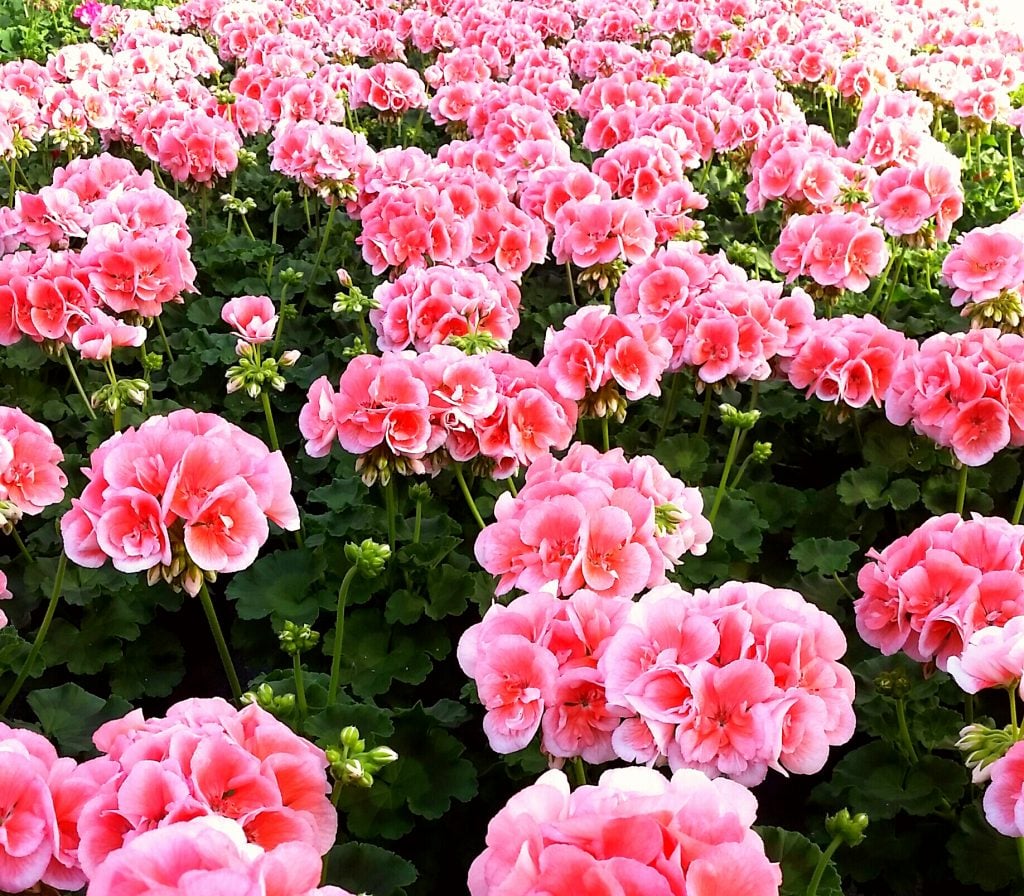
Geraniums will not disappoint you if it is your answer to what to plant with Ferns UK. This fern companion grows well in pots and indoor containers too. The flowers are adorable. You can choose this ideal companion plant without thinking too much. For indoor plants, Geraniums need sufficient light to bloom, and the temperature must be 55 to 70 degrees of Fahrenheit. The soil also needs attention. Make sure to use a high-quality potting mix for Geraniums.
18. European Wild Ginger
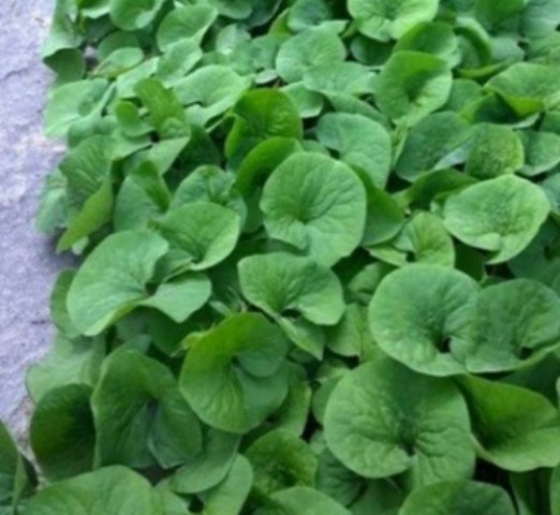
European wild ginger is a sought-after companion for ferns because it has glossy, dark green, leathery, heart-shaped leaves that stay evergreen even in moderate winters. The bell-shaped flowers bloom in late spring to early summer with a dense foliage cover. The wild ginger spread is perfect for under-planting shrubs. It is deer resistant and attracts butterflies. It is pest-free too.
Health Benefits of Ferns and Companion Plants
Among the array of benefits of growing ferns with a few companion plants, the main aspect is health and overall quality of life by adding plants to your home, specifically ferns. Many ferns are famous for improving air quality in the environment. The air-purifying properties include mitigating toxins. This is important for energy-efficient homes where complicated construction may block outdoor air exchange and retention of indoor pollutants.
Ferns improve sleep quality as well by filtering out toxins and converting them into harmless by-products. The American Academy of Allergy and Immunology used to advise allergists to consider indoor air filtration to improve respiratory health. Ferns are a perfect way to breathe better.
In natural habitats, the amazing diversity of ferns is on display. As for growing ferns at your home, it will be useful to know how the growth can be accelerated by interspersing ferns with suitable companion plants. Ferns are also great for home decor as they are available in so many sizes and shapes and add a touch of the wild to gardens.
Ferns, as versatile plans, lend texture, and their wide varieties, from evergreen to deciduous types, are a boon to garment makers. Ferns also flourish in all settings, including naturalistic planting, woodlands, stumperies, under trees, and containers. As mentioned already, some ferns can improve the quality of your life radically, and let us focus on the very best for a short analysis.
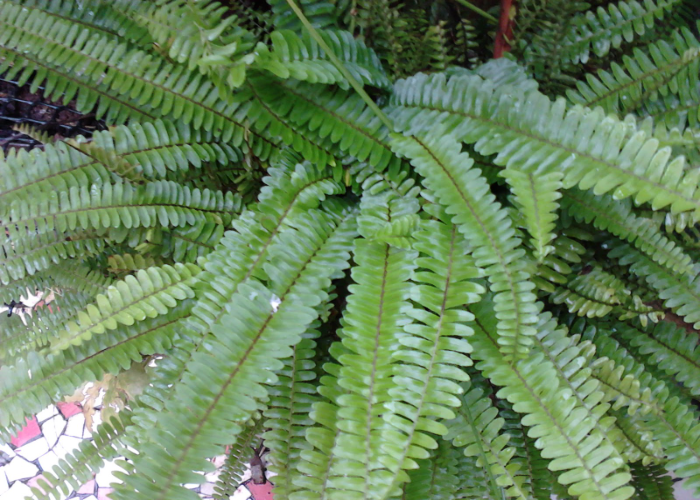
Boston Fern: Among the best air-purifying plants, Boston Fern stands at the top as it removes pollutants such as xylene and formaldehyde. It works as a natural air humidifier making unpleasant dry winters pretty bearable. The erect and tufted plant is always best for people with respiratory issues.
Maidenhair Fern: It is one of the best natural air cleaners with black rachis. Despite its little use in modern herbal medicine, this fern is usable to purify tainted air carrying automobile fumes, cigarette smoke, or industrial fumes. In terms of form, it will appear slightly arching.
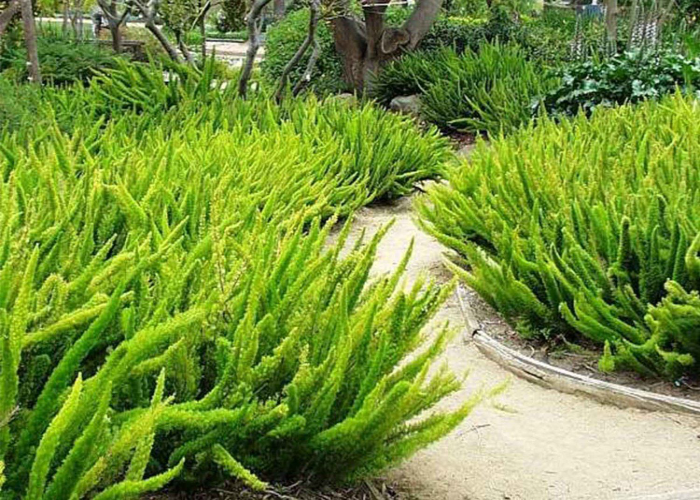
Asparagus Fern: This is a versatile plant that adapts to most conditions. This perennial plant resembles a fern, and its fragrance kills bacteria and viruses in the air and filter formaldehyde. It is perfect for residents in large cities where carbon dioxide emissions are too high. The air-purifying properties are of great help to asthma patients. This bushy fern has sword-like fronds that add visual appeal too. The high respiration makes it an excellent humidifier, with the fronds converting formaldehyde and Xylene into harmless products.
Conclusion
Now this discussion has captured the big world of ferns in terms of their aesthetics, medical properties, and living conditions.
It also touches upon the criteria you may apply in choosing the best companion plants for specific ferns to solve the puzzle of what to plant with Ferns UK.
So, forge ahead with your plans for a lovely fern garden with leads on ways to populate the best companion weeds for a nice home garden.

